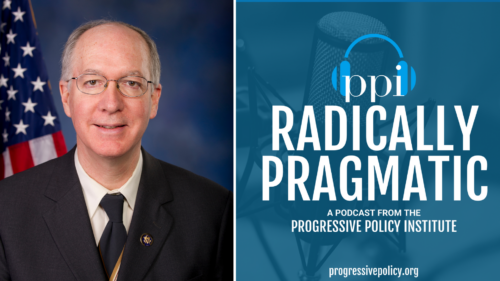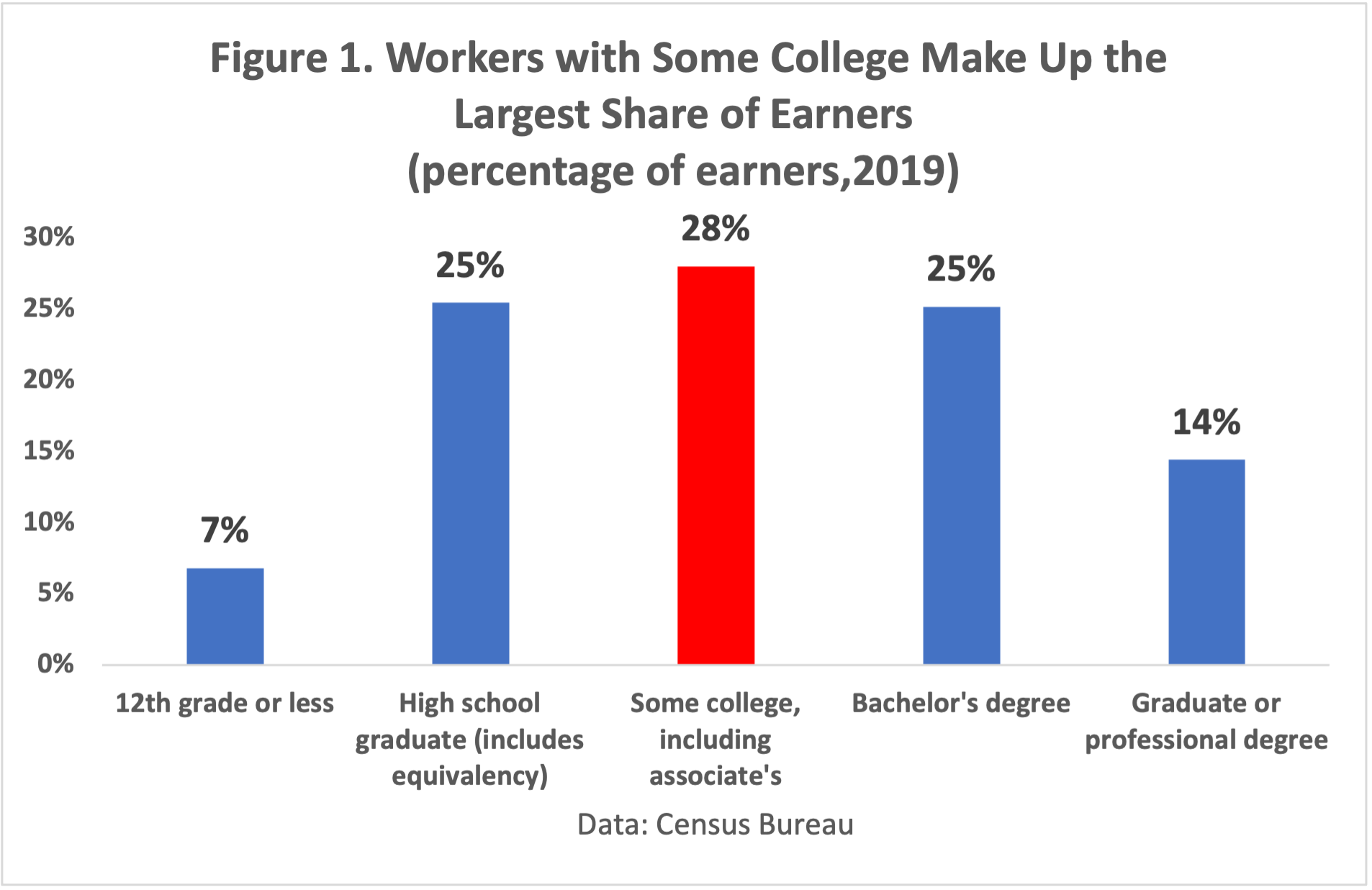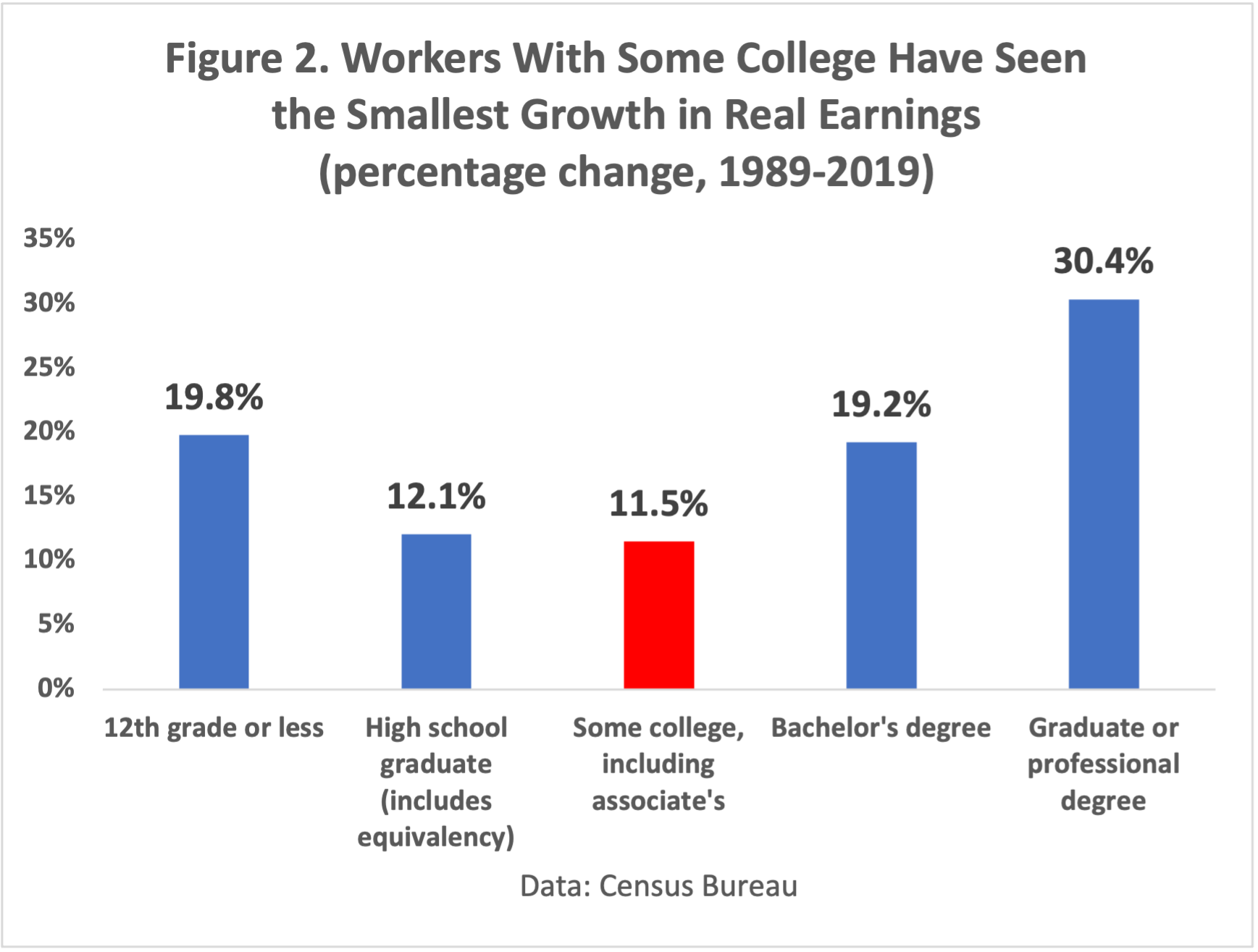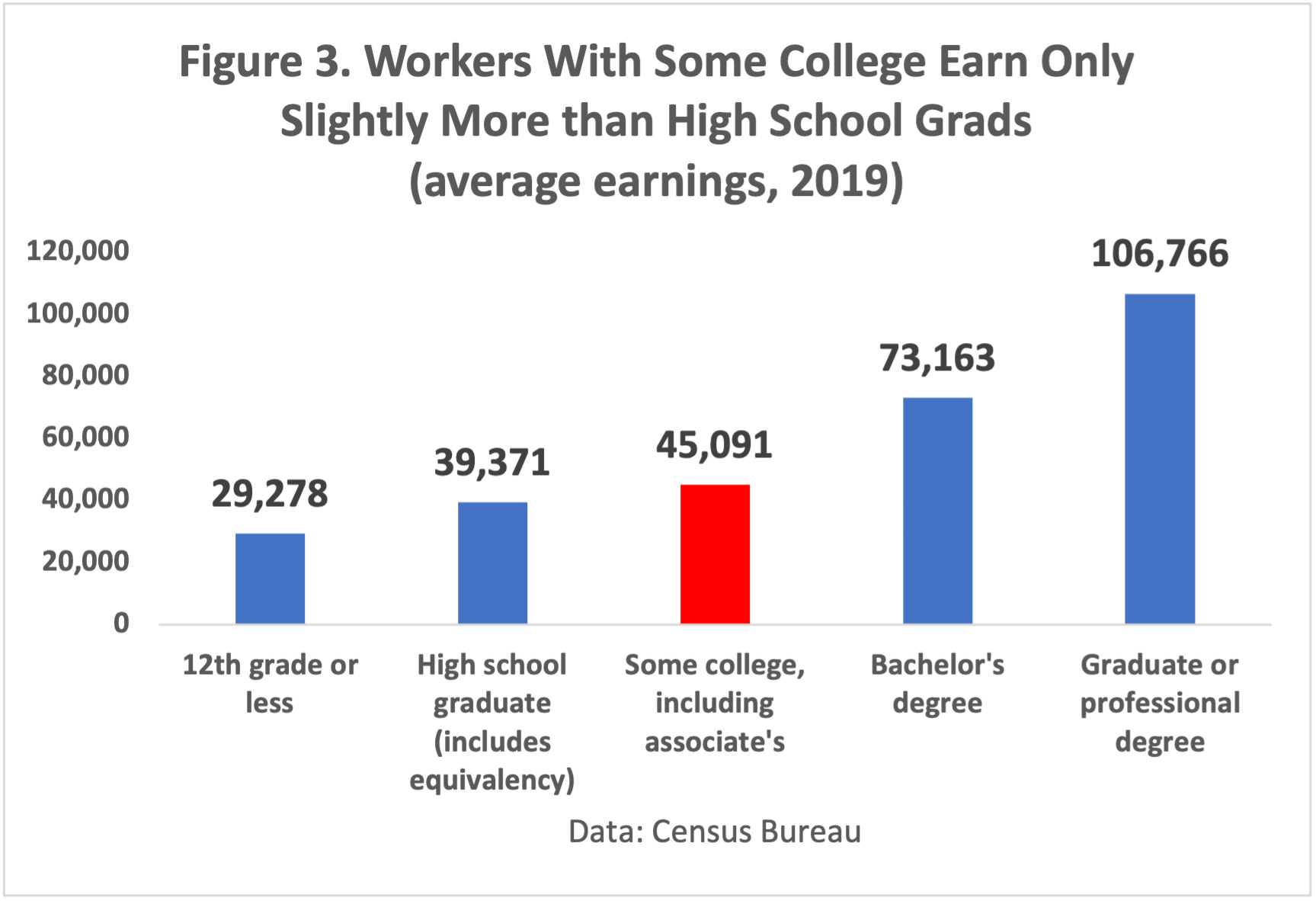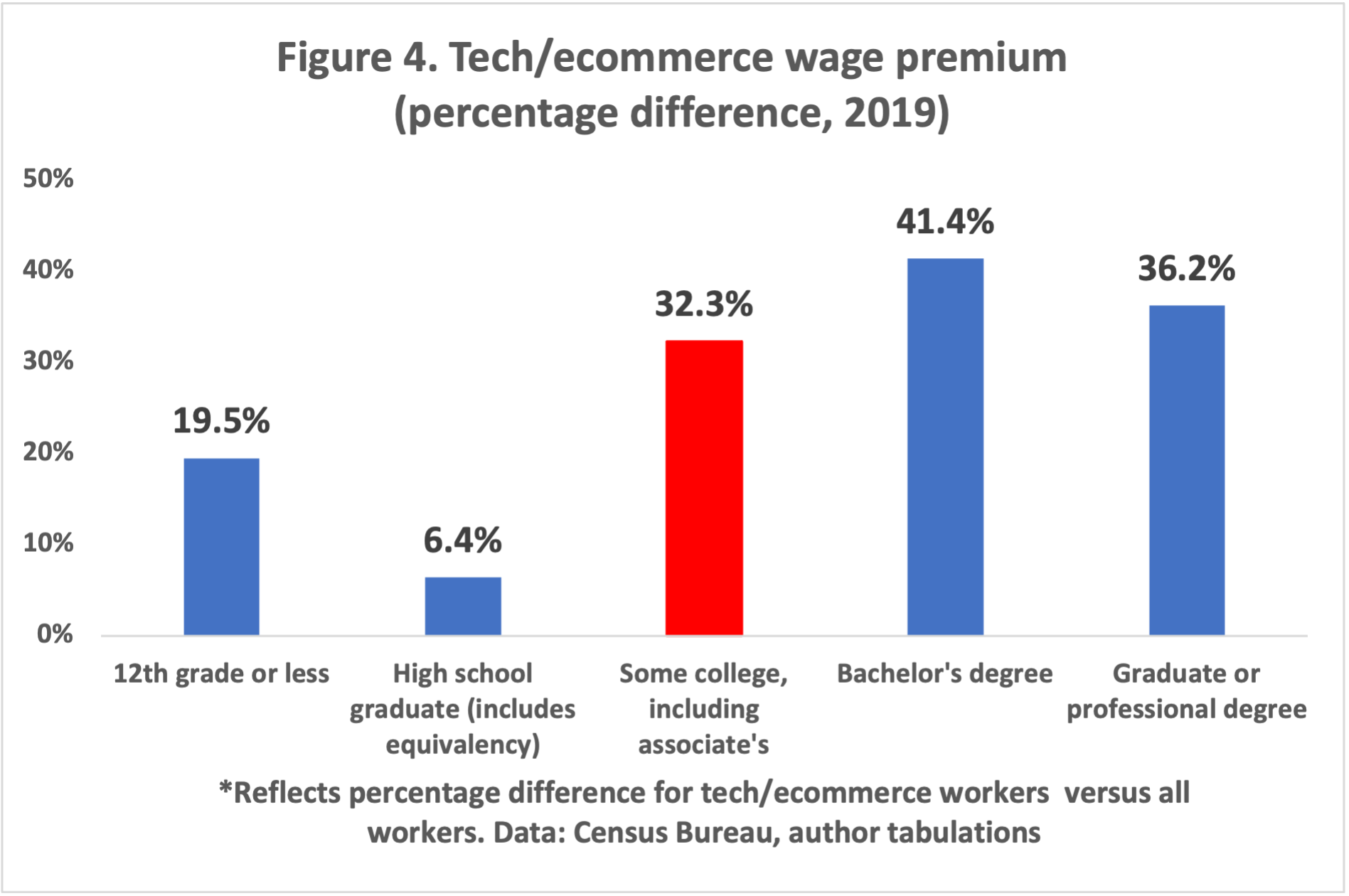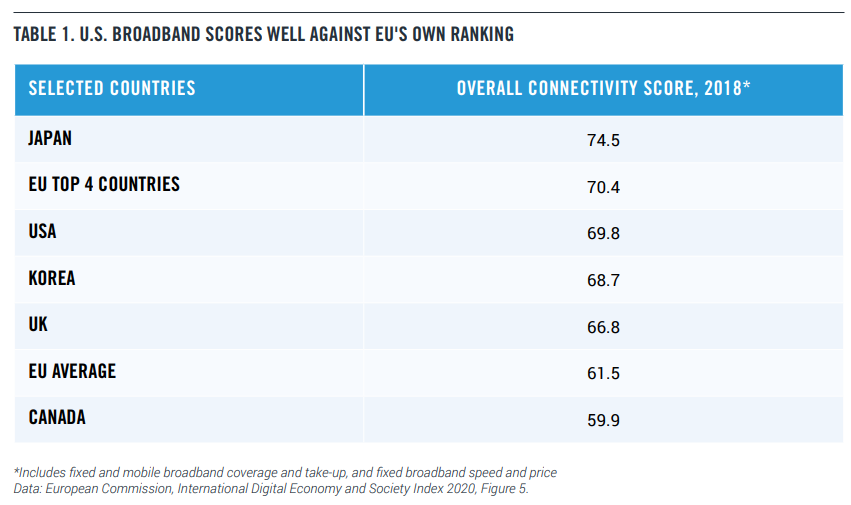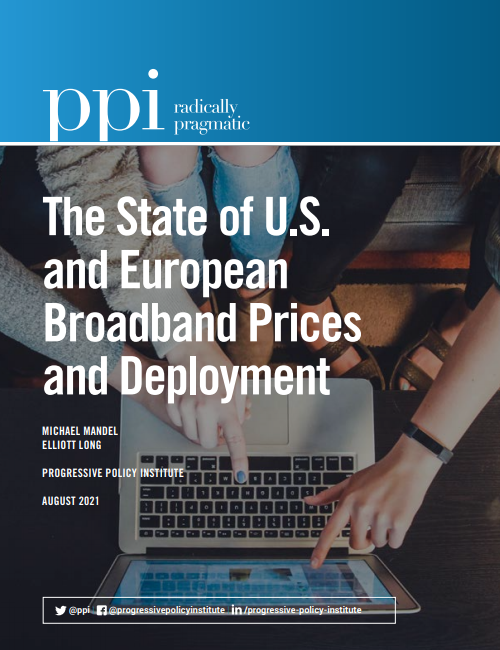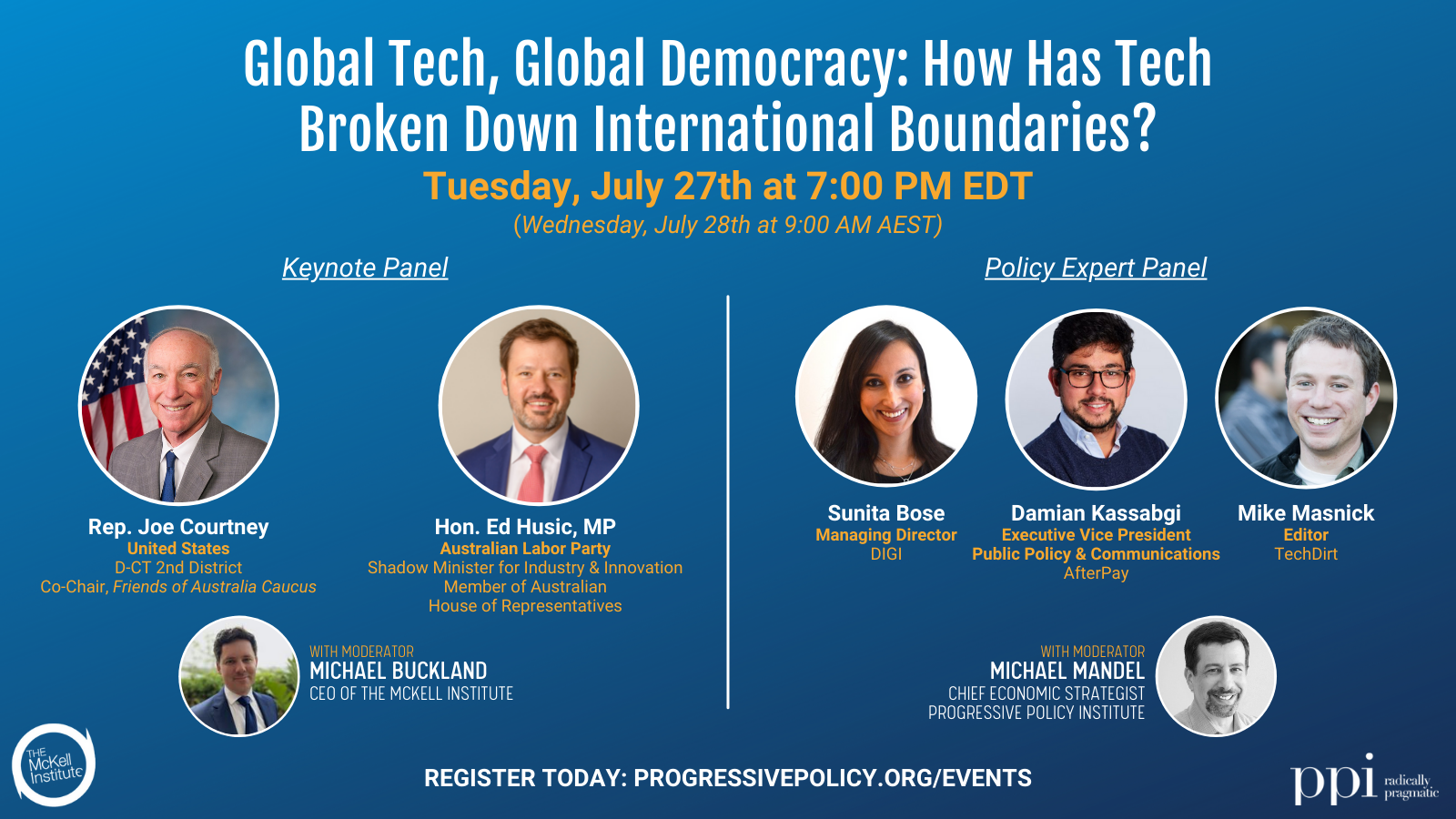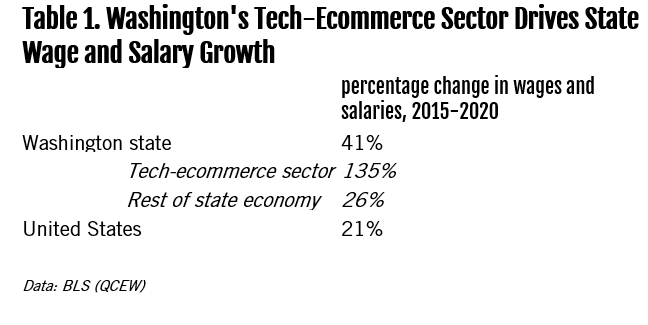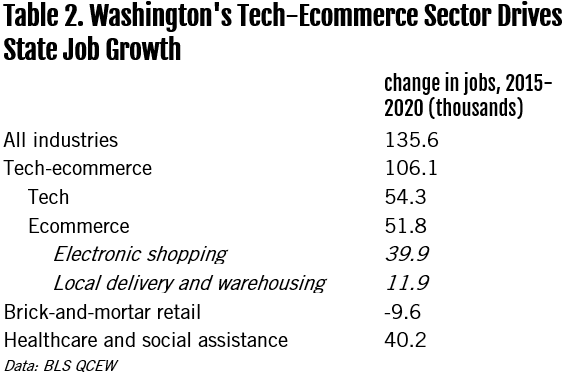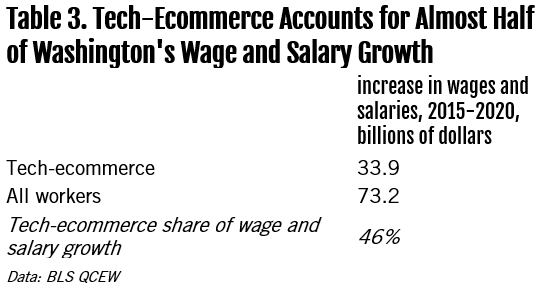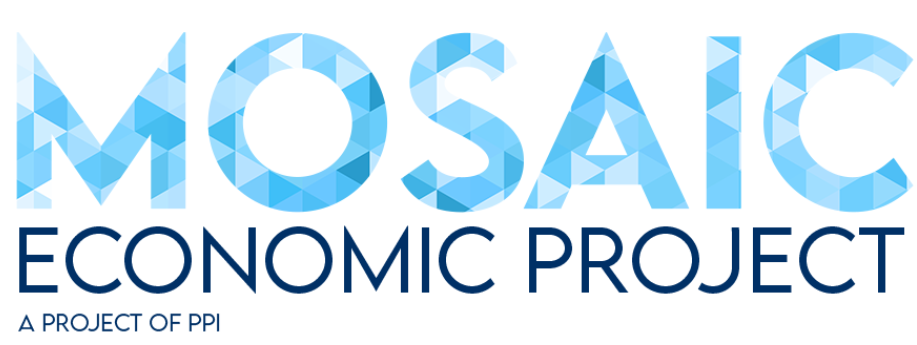On Wednesday, the House Judiciary Committee is going to mark up five tech antitrust bills. Collectively, the bills mark a major departure from the traditional consumer welfare standard that has governed antitrust law over the last few decades. Instead of focusing on consumers, these new laws would single out just five large tech platforms and apply an entirely different set of standards. One bill would effectively ban them from making any future acquisitions, which might have the unintended consequence of reducing startup investment, and therefore reducing competition. Most concerningly, another one of the bills would lead to breakups of all five major tech companies. Vertical integration would effectively be prohibited because, according to the bill’s authors, it presents an irreconcilable conflict of interest.
But what this framing misses is all the consumer benefits that flow from integrated ecosystems. Many digital products are free to access because they are subsidized by ads elsewhere in the ecosystem. A hallmark of a seamless user experience is being able to switch between devices, websites, and apps without needing to re-enter all your information. Crucially, these integrated experiences are also safer for users because fewer players in the market have direct access to user data (which is why most government agencies do not allow federal employees to “jailbreak” their smartphone devices or sideload apps from unapproved app stores). And of course, private label goods on Amazon work just the same as they do in Walmart or CVS — they offer consumers similar quality to name brands at lower prices.
Here’s a more detailed breakdown of the five bills and what they would do to tech platforms (in order from most reasonable to least reasonable):
The budgets for the FTC and DOJ to conduct antitrust enforcement have fallen by 18% between 2010 and 2019, after adjusting for inflation. Over the same period of time, the economy has grown by 22%. To properly enforce the antitrust laws on the books, the DOJ and FTC need resources that match the scope of the problems they face. This bill would increase their enforcement resources by almost 30% and change the merger filing fee structure to fall more heavily on larger deals. There is significant bipartisan support for this bill and it is urgently needed.
For the next four bills, you need to understand what a “covered platform” is. All four bills define them the same way (and these new rules would only apply to covered platforms). A covered platform is a “website, online or mobile application operating system, digital assistant, or online service” that meets all three of the following conditions: (1) 50 million U.S.-based monthly active users or 100,000 U.S.-based monthly active business users; (2) greater than $600 billion in net annual sales or market capitalization; and (3) is a “critical trading partner” that can restrict business users access to customers.
As of today, there are only six companies in the U.S. that meet the $600 billion market capitalization threshold. Every commentator assumes Amazon, Apple, Facebook, and Google will qualify as covered platforms, and most agree that Microsoft will be included as well, considering it operates multiple large-scale platforms, such as Windows, Office, Xbox, and LinkedIn. It remains to be seen whether the “net annual sales” metric will be interpreted to cover financial services companies like Visa, JP Morgan Chase, and PayPal, which process a large volume of payments.
What seems clear, however, is that the subcommittee bills target big tech firms instead of probing economic concentration across the U.S. economy.
The ACCESS Act would require platforms to provide third parties with APIs, software that allows access to platform data. The bill leaves the definition of “data” up to the FTC to determine. Data portability done right can lower switching costs and improve competition in an industry. Consider the enormous success of telephone number portability in the telecom industry. Letting consumers own their telephone number lowers the cost of moving to a new provider. And because telephone numbers are a necessary and discrete piece of data that all carriers must use to operate a network, there was no risk of decreasing the incentive to invest in creating this data.
For tech platforms, there might be similar discrete, static, and critical data sets that should be subject to mandatory portability rules. For example, the social graph — the list of all your friends or connections on a social network — is a very important dataset for new startups to have access to. Users are more likely to use a new app if during the onboarding process they are able to share a social graph from another social network and find all their friends on the new platform with a single click.
However, the problem with this bill is that it is not narrowly tailored to discrete and critical data sets like the social graph. It merely says that “a covered platform shall maintain a set of transparent, third-party-accessible interfaces (including application programing interfaces) to enable the secure transfer of data to a user, or with the affirmative consent of a user, to a business user at the direction of a user, in a structured, commonly used, and machine-readable format.” The bill leaves it to the FTC to define what “data” means for the purpose of the bill. It would be very helpful if Congress offered more guidance on what kinds of data it intends to be covered by these rules.
If data is defined too broadly, then there might be unintended consequences for investment incentives. For example, tech companies are all racing to build the next great computing paradigm. Will it be virtual reality? Blockchain technology? Augmented reality? Smart devices? Or something else no one can predict? Regardless of which paradigm wins out, if the future winner is forced to give every one of its competitors access to all of its data, then that would decrease the incentive to invest in the next big platform today. The most tragic part of the scenario is that these will be unseen costs — we won’t know what we lost out on. The future will just be somewhat dimmer because a well intentioned policy backfired due to poor drafting and a rushed process.
The Platform Competition and Opportunity Act is effectively a ban on all mergers and acquisitions by platform companies. This bill would ban platforms from acquiring companies that:
- “compete with the covered platform … for the sale … of any product or service”;
- “constitute nascent or potential competition to the covered platform … for the sale … of any product or service”;
- “increase the covered platform’s … market position”; or
- “increase the covered platform’s … ability to maintain its market position”
Given how broad this language is, the bill would effectively ban all acquisitions by platform companies. Since more than 90% of startups provide a return for their founders, employees, and investors through an acquisition as opposed to going public, this bill has the potential to backfire and decrease investment in startups. A recent study found that “VC activity intensifies after enactment of country-level takeover friendly legislation and decreases following passage of state antitakeover laws in the U.S.” This bill would qualify as an antitakeover law.
This bill is aimed at remedying the perceived conflict of interest by platforms and businesses that leverage those platforms to reach consumers. In essence, this bill bans self-preferencing by requiring platform owners to refrain from any conduct that gives their own products an advantage over competitors’ products. Section 2 of the bill makes it clear how all encompassing this rule aims to be (emphasis added):
“It shall be unlawful for … a covered platform … to engage in any conduct that … advantages [its] own products, services, or lines of business over those of any other business user, excludes or disadvantages the products, services, or lines of business of another business user relative to the covered platform operator’s own products, services, or lines of business, or discriminates among similarly situated business users.
The bill then provides 10 examples of discriminatory conduct, including tying, anti-steering provisions, retaliation, and restrictions on pricing.
But those specific examples aren’t really necessary when the bill includes a blanket ban on any conduct that “advantages” the platform’s products over those of third parties. While this attempt to fix a conflict of interest may seem intuitive at first glance (think of Elizabeth’s Warren’s baseball analogy), the more you think about the idea, the less it makes sense. For example, consider how this rule would apply to Apple. The iPhone runs on Apple’s proprietary iOS operating system. Apple wouldn’t be allowed to “advantage” its App Store in any way, which means it can’t be pre-loaded on devices and it can’t be the default app store unless users select it. This same logic applies to every layer of the tech stack. Apple makes dozens of popular first-party apps, including FaceTime, iMessage, Mail, and Music. As the bill is currently written, Apple would not be allowed to pre-install those apps on iPhone devices because that would “advantage” them over other video conferencing, messaging, mail, and music apps.
Now consider how this law would apply to Google. If a user typed in “restaurants near me” on Google, the search engine wouldn’t be able to directly offer map results at the top of the page from Google Maps because that would give it an “advantage” over other mapping services. Google would be forced to merely provide links to competitive mapping services rather than give consumers the answer to their question. The same rule would apply to Google Shopping if a user searched for sneakers. Instead of showing the user sneakers, Google would have to show users links to shopping websites that sell sneakers. This would represent a huge loss to consumer convenience that makes these products so popular (91% of Americans have a favorable opinion of Amazon, 90% have a favorable opinion of Google, and 81% have a favorable opinion of Apple).
Most concerningly, this bill would break the safety and security of many features of the iPhone. If Apple has access to a piece of hardware, such as a sensor or communications chip, then it has to give equal and fair access to that same hardware function to all third parties. That sounds like a laudable goal if you want more options when it comes to payments (i.e., access to the NFC chip) or location services (i.e., access to GPS) or the microphone (e.g., the way say Siri is always listening for “Hey, Siri”). But the flip side of more competition in this context is that every bad actor with the intent to defraud consumers or invade their privacy now also has access to sensitive data by law.
Lastly, some argue that the affirmative defense section of this bill would allow some pro-consumer conduct by the platforms to continue (such as continuing to pre-install apps on phones). The platforms can “advantage” their own products so long as they “would not result in harm to the competitive process by restricting or impeding legitimate activity by business users; or was narrowly tailored, could not be achieved through less discriminatory means, was nonpretextual, and was necessary to prevent a violation of, or comply with, Federal or State law; or protect user privacy or other non-public data.” But pre-installation and default settings clearly give a leg up to the products controlled by the platform owner and therefore might “result in harm to the competitive process.” If the intent of the drafters is not to ban this type of conduct, they should clarify this section.
The most extreme and economically destructive of the five bills is The Ending Platform Monopolies Act. It tries to address the same problem as the American Innovation and Choice Online Act — conflicts of interest between platform owners and platform competitors. But instead of requiring platform owners to operate their platforms in a neutral fashion as the non-discrimination bill does, this bill bans vertical integration outright and would lead to the break up of every large tech company across multiple dimensions.
Google would have to spin off YouTube, Android, Chrome, the Play Store, and its apps (Gmail, Google Maps, Drive, etc.) into separate businesses. Of course, that would destroy Google’s current business model where revenue from search and display advertising is used to subsidize an ecosystem of free products for consumers. Post-breakup, the newly independent entities would likely need to start charging subscription fees or create their own advertising business from scratch (and add more ad units to their respective products).
Amazon would be forced to spin off its private label goods business (e.g., Amazon Basics) and Amazon Marketplace because those two lines of business compete with the traditional retailing model where Amazon takes inventory of the product from wholesalers and then resells it at a markup. Amazon would also be forced to spin off its Amazon Prime Video streaming service and Amazon Web Services.
It has not yet been properly appreciated that this bill is aimed at addressing the same alleged conflict of interest issue as the American Choice and Innovation Online Act. If they are passed together, this bill would obviate the other one. As independent technology analyst Ben Thompson pointed out, this could mean that Chairman David Cicilline is attempting to make his bill seem reasonable by comparison even though it also has radical implications for tech ecosystems. Legislators shouldn’t fall for this obvious gambit.
The DOJ and FTC desperately need more resources to adequately enforce the antitrust laws on the books, and a narrowly tailored data portability mandate could enhance digital platform competition. But blanket bans on acquisitions, self-preferencing, and vertical integration would destroy many of the consumer benefits that make the tech giants world leaders in their respective markets. Hobbling America’s tech giants without adequate evidence of consumer harm would be a capitulation to the populists on the far left and far right at a time when we need to be focused on economic recovery.



